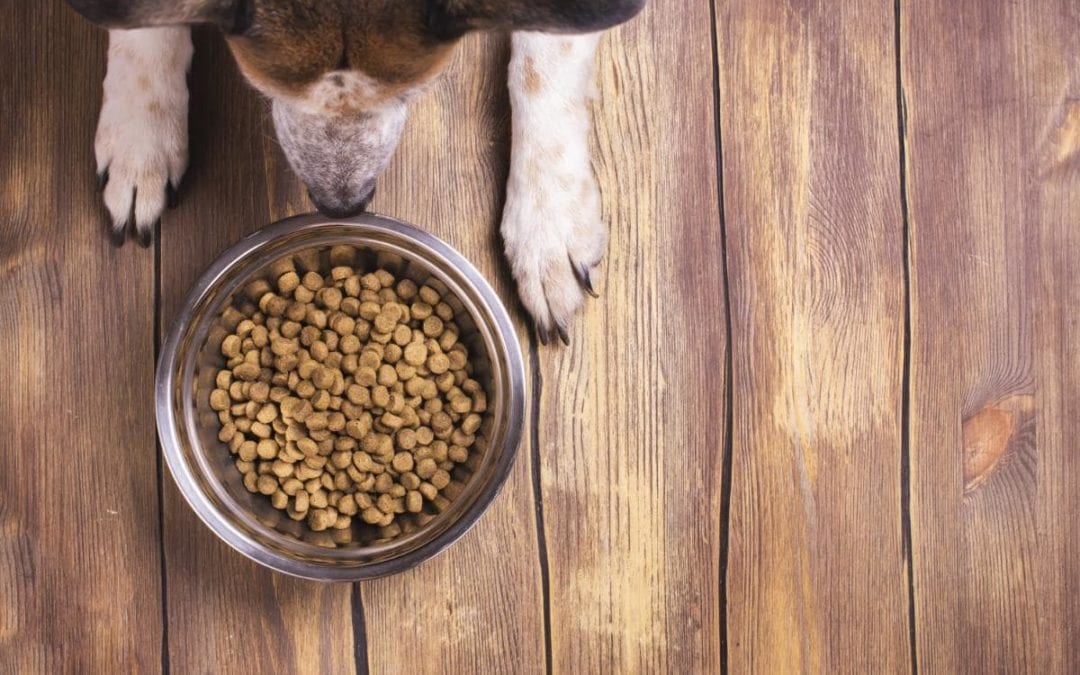Pet foods come in all varieties and price points. Wet. Dry. Raw. Grain-free. Active. Senior. Puppy/kitten. With so many options and opinions, how do you choose what to feed your pets? Here, we’ll give you some tips on how to choose the right food for your furry friend.
Determine quality
When reviewing a pet food label, three components can help you determine the quality of the food:
1. Nutritional adequacy statement from the Association of American Feed Control Officials (AAFCO)
The AAFCO regulates the sale and distribution of animal food products and drugs, and its nutritional adequacy statement will tell you if a food product is complete and balanced. You’ll see the following types of statements on various pet food labels:
- Animal feeding trials using AAFCO procedures show that the product provides complete and balanced nutrition for all life stages or a particular stage.
- The product is formulated to meet the nutrient levels established by the AAFCO for a particular life stage or for all life stages.
- The product is intended for intermittent or supplemental use only.
If either of the first two statements above is listed on the pet food label, the food is suitable to be used as the sole source of nutrition for your pet. Products intended for intermittent or supplemental use only are treats or special diets that require monitoring by a veterinarian.
2. Ingredient list
All pet foods include a list of the ingredients in order of weight on the packaging. Beware: Some pet food manufacturers will break undesirable ingredients up into several different smaller ingredients to move them down the ingredient list. For example, a product may contain ground corn, corn gluten, and corn bran. If combined, all the corn products would outweigh the meat product and would move to the top of the ingredient list.
3. Guaranteed analysis
The guaranteed analysis lists the minimum levels of crude protein and fat and the maximum levels of fiber and water. The digestibility of protein and fat can vary depending on their sources and the amount of moisture present in the food.
Determine taste
Just like us, most pets have preferences when it comes to the taste of their food. Even pets that will eat feces and dirt have certain foods they’ll likely refuse. Other pets, especially those with dental pain or other oral issues, might prefer wet food to dry food.
Pet food labels can be confusing. If you’re unsure of what to feed your furry friend, call our office for recommendations of foods that will suit your pet’s needs.


